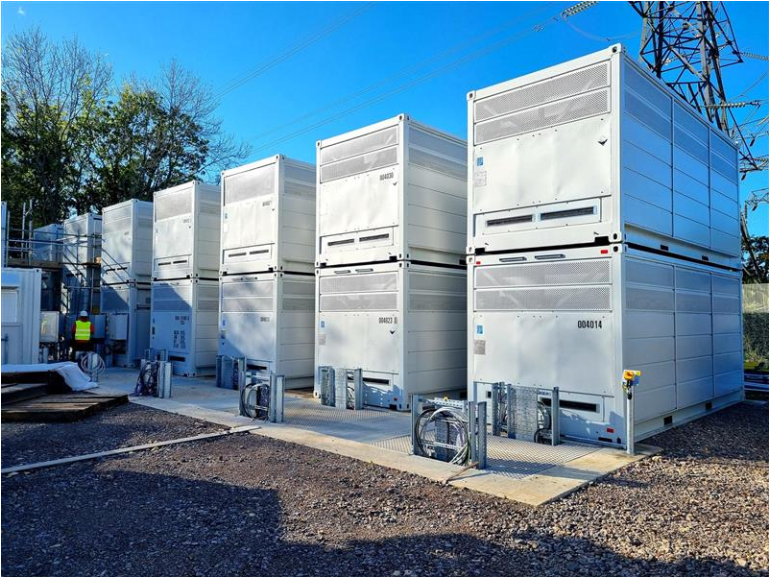Canada-based redox flow battery manufacturer Invinity Energy Systems and Canadian renewable energy developer Elemental Energy have announced the construction of a 21 MW solar plant coupled to 8.4 MWh of vanadium redox flow battery capacity at Chappice Lake, near Medicine Hat in Cypress County, in Canada's Alberta province.
“The solar array will be coupled directly with the vanadium flow battery, improving plant efficiency, operating flexibility and costs,” Invinity said in a statement. “Compared with more common lithium-ion batteries, Invinity’s VFBs are a safer form of longer-duration, utility-grade energy storage, offering excellent operational longevity in ultra-heavy duty use while being fully recyclable at end of life.”
The project is being backed by the Emissions Reduction Alberta (ERA), which is a Canadian non profit organization that invests in environmental and cleantech companies.
“Alberta has a long history of leadership in energy; the fact that this shovel-ready project will expand that leadership in new directions while creating great new jobs is a testament to how Alberta caacln innovate and build,” said Invinity CCO Matt Harper. “Clean energy on demand is becoming an increasingly valuable commodity; in delivering solar and storage together at Chappice Lake, we will prove that solar generation plus Invinity’s utility-grade vanadium flow batteries can make Alberta a powerhouse for the North American grid.”
Vanadium flow batteries offer heavy-duty energy storage and are designed for use in high-utilization applications, such as industrial-scale solar PV generation for distributed, low-emissions energy projects. Energy is stored in a non-flammable, liquid electrolyte and the batteries do not degrade with cycling like lithium-ion options and they can be scaled and located with greater flexibility than pumped hydro energy storage.
This content is protected by copyright and may not be reused. If you want to cooperate with us and would like to reuse some of our content, please contact: editors@pv-magazine.com.




21 MW generation and only 8 MWh of storage? That sounds very strange. Less than 23 minutes of backup isn’t very useful, unless the purpose is FCAS rather than storage.
Long power drops happen so seldom that longer duration backup does not pay back larger battery costs. Grid stabilizing and peak shaving capabilities are much more common.
tender contains 260 kW solar panels (N-type bifacial) divided into three types of batteries:
Lithium (264 kWh)
Vanadium (530 kWh)
Lead-acid (510 kWh)
The target is to make all of these zones work for 8 hours so that the sum of all zones works for 24 hours. Therefore, we need a charge controller to charge each type of battery alone and connect it to one monitoring system.
tender only specifies the solar panel to be used, which is Solar N-type bifacial.
you can use Canadian solar.
The series and parallel configuration will be based on the charge controller and off-grid inverter. As for the batteries.
we have calculated that the lead-acid battery is 12V.
we have not yet calculated the voltage for the lithium and vanadium batteries.